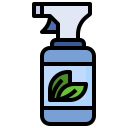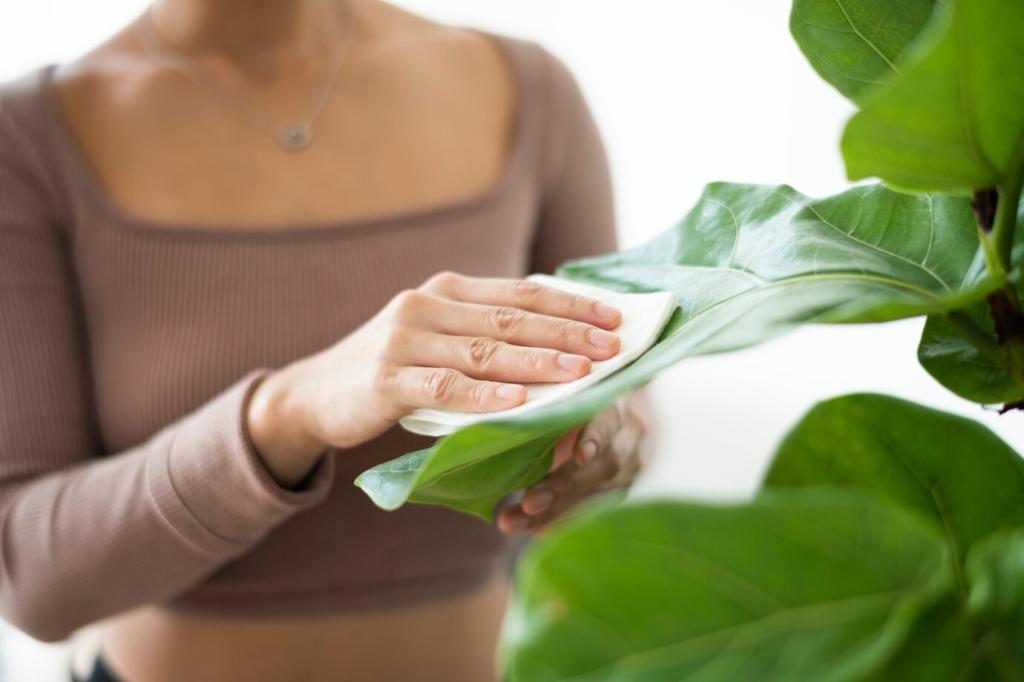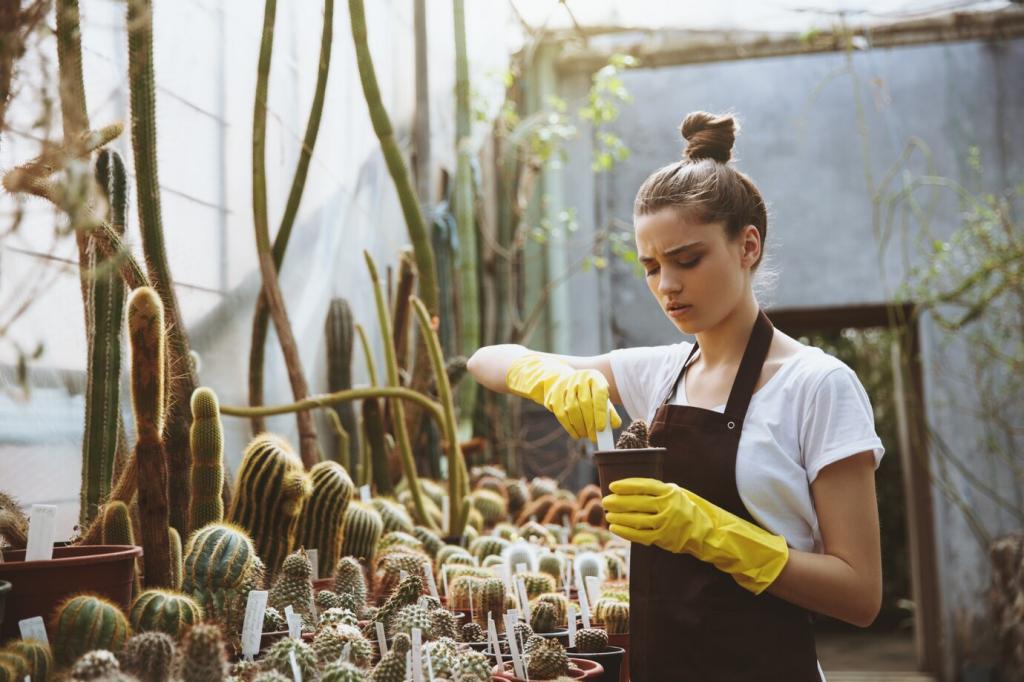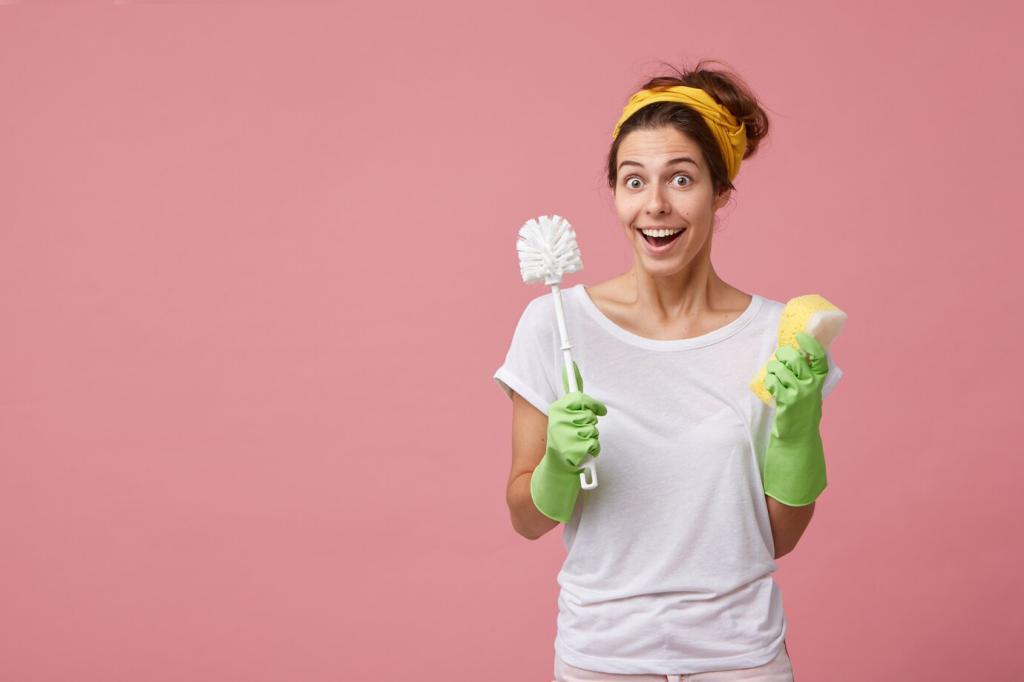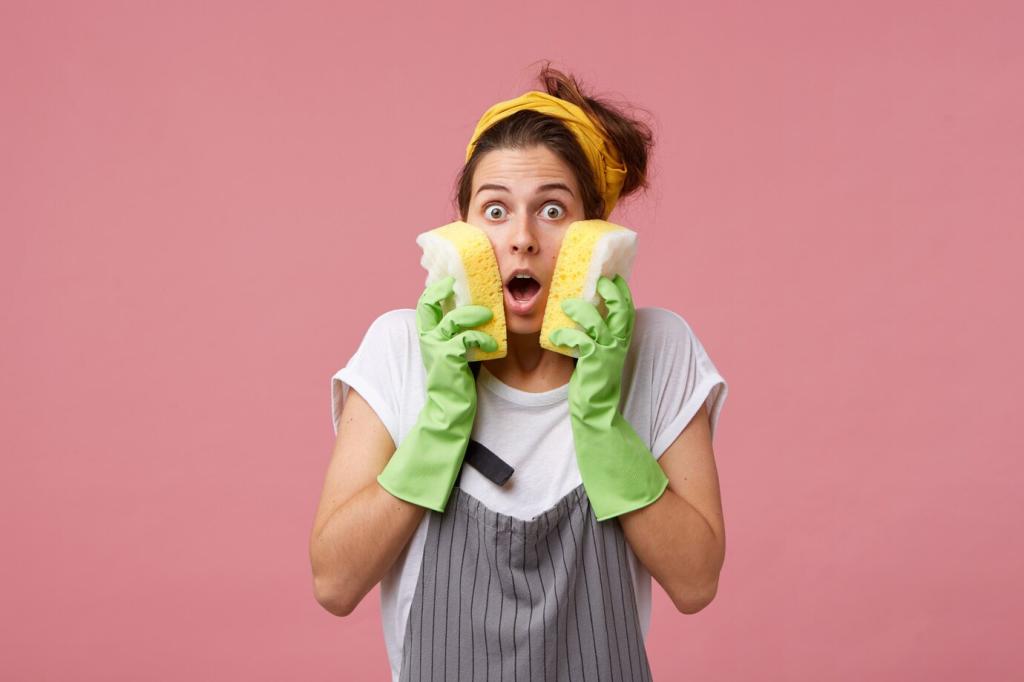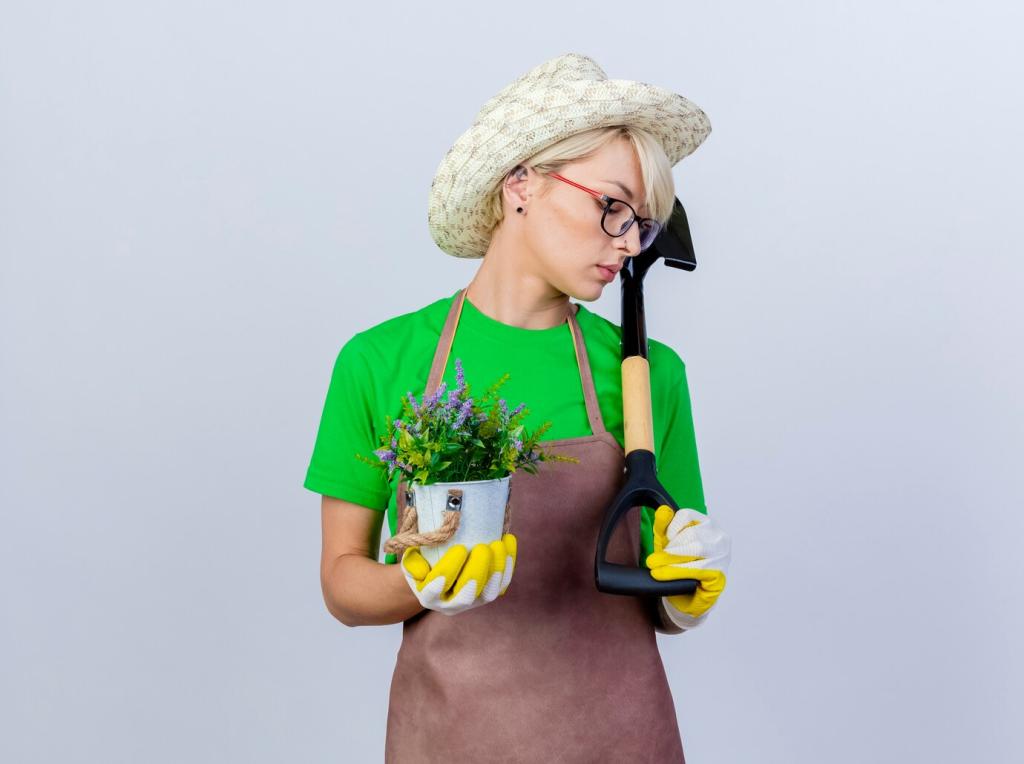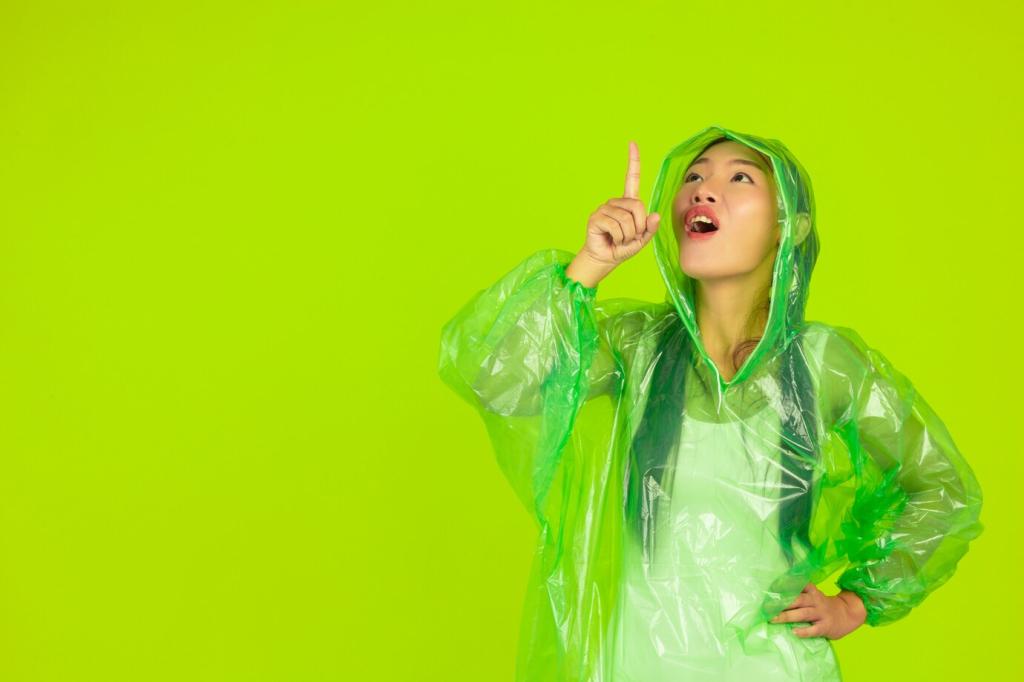Why Natural Methods Belong in Your Living Room
Natural freshening minimizes harsh synthetic fragrances and VOCs that can irritate sensitive noses, children, and pets. Gentle ingredients reduce lingering chemical residues while still tackling odors, helping your home feel breathable, cozy, and genuinely welcoming every day.
Why Natural Methods Belong in Your Living Room
Using kitchen staples and botanicals cuts down on plastic packaging, reduces waste, and keeps mystery chemicals out of your home. Choosing reusable bottles and refillable jars supports a lighter footprint while keeping your favorite sofa fresh and responsibly tended.
Why Natural Methods Belong in Your Living Room
Baking soda, white vinegar, citrus peels, and dried herbs are affordable, easy to find, and surprisingly versatile. Most recipes mix up in minutes, require simple tools, and deliver dependable freshness without expensive specialty products or last-minute store runs.
